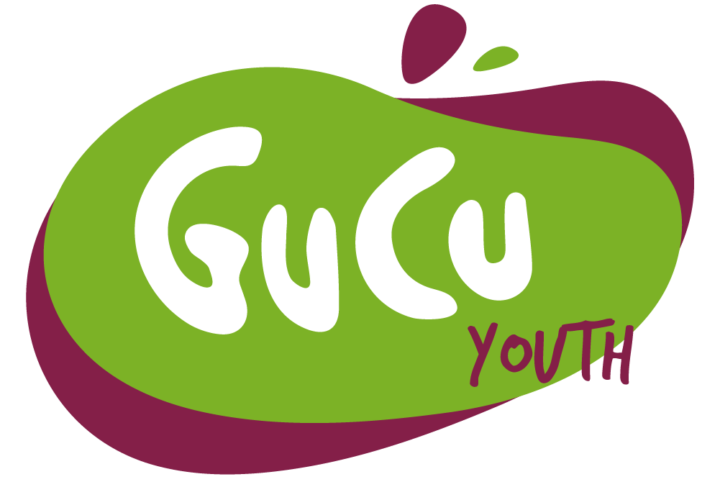Addressing the needs of young people is an essential step in building a strong, vibrant community. To effectively understand and meet these needs, a variety of assessment tools and methods can be employed.
Surveys and Questionnaires
One of the most direct methods is the use of surveys and questionnaires. These can be distributed in schools, community centres, and online platforms frequented by youth. It’s important to design questions that are relevant and resonate with young people to gather meaningful data.
Focus Groups
Focus groups are another valuable tool. They provide a more detailed picture through discussion and allow for the exploration of ideas and feelings. Facilitators must be skilled in encouraging participation and managing group dynamics.
Interviews
Conducting individual interviews with youths can offer deep insights. These one-on-one sessions should be conducted in a safe and comfortable setting to encourage openness and honesty.
Observation
Observational studies in environments where young people spend time, like parks, shopping centres, or after-school clubs, can help identify unsaid behavioural patterns or needs.
Social Media Analysis
In today’s digital age, social media is a hub of youth interaction. Analysing trends, popular pages, and hashtags can provide a wealth of information about the interests and concerns of the youth.
Community Forums
Hosting community forums where young people can speak about their experiences and needs encourages direct community engagement and provides a platform for their voice to be heard.
Participation in Youth Programmes
Engaging with existing youth programmes and services to assess their efficacy and the experiences of participants can shed light on current community strengths and weaknesses.
Collaboration with Schools
Schools are central to the lives of most young people. Partnering with educational institutions to gather data and insights can prove tremendously beneficial in understanding their needs.
Data Analysis
Quantitative data analysis of demographic data, health statistics, educational results, and crime rates can provide an objective backdrop to subjective measures and identify areas of need.
Advisory Groups
Forming youth advisory groups can keep the assessment process grounded in the perspective of the target group. Young participants can give continuous feedback and assist in developing initiatives that are truly relevant to them.
Each of these tools and methods can contribute to a comprehensive understanding of the needs of youth in your community. The key to success lies in a multi-faceted approach, combining several of these methods to paint a complete picture of young people’s lives and challenges.
Discover more from Youth Work in Cornwall
Subscribe to get the latest posts sent to your email.

Leave a Reply